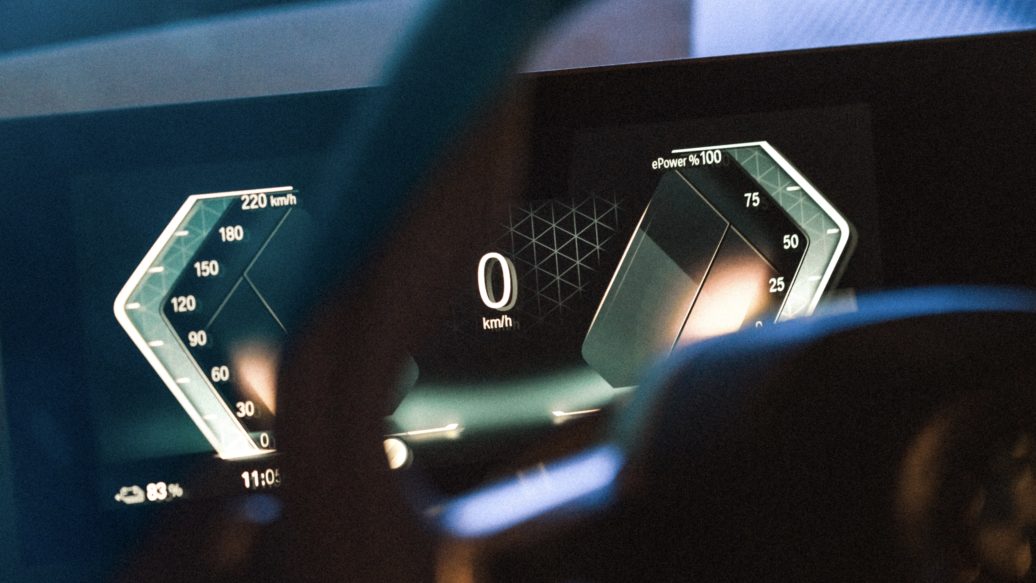Over the years, I’ve written a number of articles and columns in which I complain about the inattentiveness of other drivers. I explained how many of the problems we encounter on the road are caused by people who seem like they really can’t be bothered with paying attention or being engaged, and it is incumbent upon people like us—driving enthusiasts—to be defensive, in effect doing the thinking for all of the people around us.
I also tempered my frustrations by expressing the hope that with the advent of self-driving systems, these people might be kept far away from the fast lane, and out of the way of people who still prefer to keep both hands on the wheel.
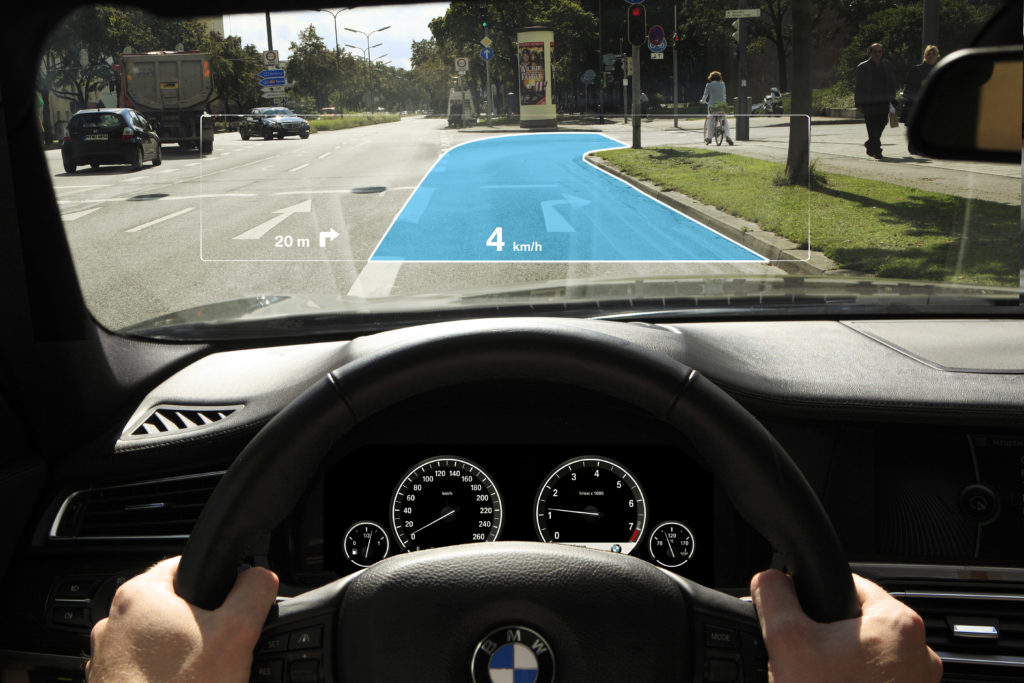
It’s been a few years since I last harped on this perpetual complaint, but even with the growing prevalence of self-driving systems and partial solutions like Tesla’s Autopilot and Cadillac’s Super Cruise, things still seem to be going in the opposite direction. Whenever I take the faster of my BMWs out for a drive, whether a white-knuckle dash or a routine drive to run errands, it never fails: I find myself stuck behind someone who doesn’t understand the rules of the road, or refuses to let others pass, or I find someone who is clearly lost, yet refuses to pull over to check the GPS and find their way.
I had hoped that with every passing year bringing more radar sensors, cameras, and lessons of machine-learning to consumer automobiles, the inevitable progress might result in less-congested roads, with people (or perhaps cars) who err on the side of caution as opposed to impeding the progress of others, consciously or subconsciously.

Unfortunately, the opposite seems to have occurred. As our cars have become smarter, it seems that their drivers have actually become dumber and less courteous than ever before. Instead of self-driving systems extricating drivers from dangerous situations—or preventing them from entering one to begin with— they seem to be giving drivers who were otherwise in the wrong a free pass. “I had autopilot engaged,” after all. “What was I doing wrong?”
With even a modicum of high-performance driving experience, you know that becoming a better and safer driver depends on one person—you—and no amount of ever-watchful electronic nannies can instill proper driving techniques in someone who has never had them taught. Let’s face it: Self-driving systems aren’t going to save you from yourself. In fact, they’re probably making you a worse driver all around by allowing you to become complacent and oblivious out of habit.
Now, I am not advocating that we stop developing self-driving systems, and I’m certainly not suggesting that you disable them in your own car or purposefully purchase something without these devices. I’m simply saying that as we increase our dependence on these systems, we are diminishing our ability to react properly when things ultimately go wrong—as well as our ability to effectively measure risk in order to prevent entering such situations in the first place.
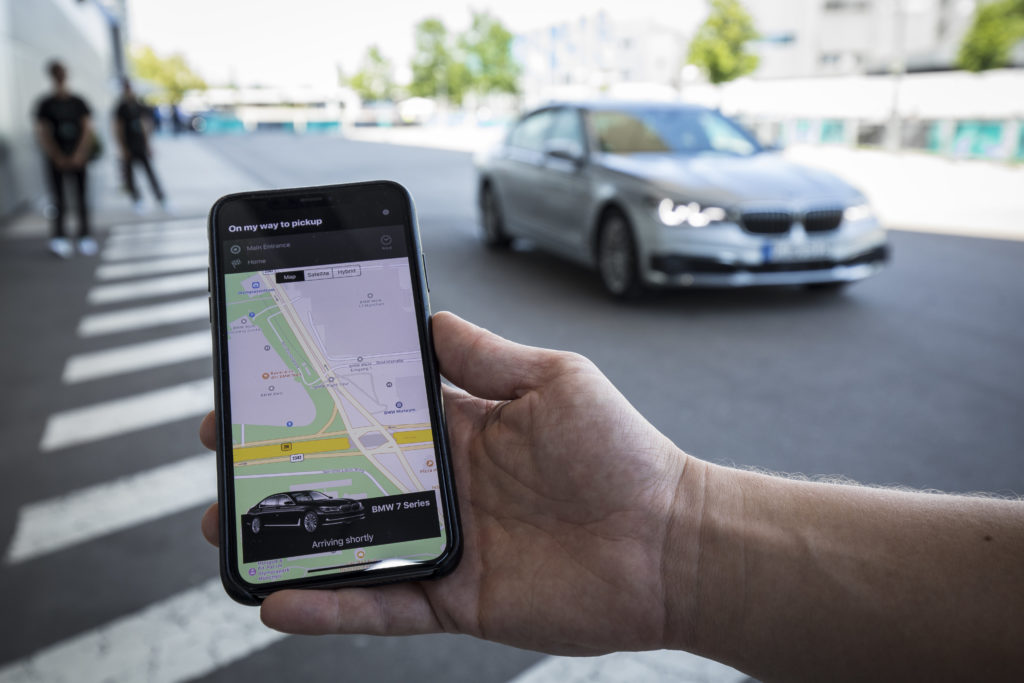
I look forward to the day when I’ll be able to conjure up some autonomous driving pod to deposit me back home after a night of libations, but in the meantime, I worry about how the intersection of autonomous tech and human nature is playing out on our streets and freeways.
My current fears aren’t too different from what I have expressed before, but they do seem to contradict my previous optimism that self-driving systems would mitigate the presence of inattentive drivers in the left lane. The unfortunate truth is that the advent of semi-autonomous self-driving systems which combine radar-assisted cruise control and lane-keeping guidance have brought about a new state of obliviousness: Drivers seem to be using them to get on the freeway and disconnect from reality. It’s all too easy when the car and its array of computers are doing all of the thinking for you, and I can attest to how refreshed you feel after a long, monotonous drive with these systems playing such a crucial role.
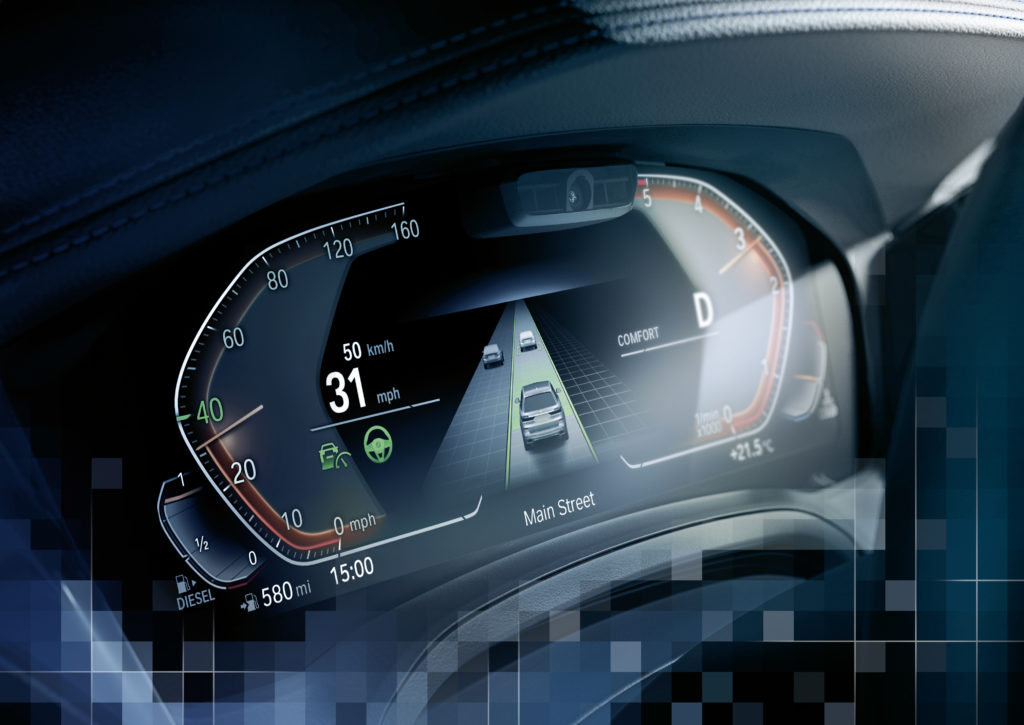
I know we’re close, but not quite there yet in terms of a system that will notice a faster vehicle approaching, change lanes to clear its path, or simply avoid the left lane altogether when in autonomous mode and the driver is not paying attention. Meanwhile, people who let their cars do the driving seem to end up in the way more often than not. Tesla’s Autopilot was previously programmed to merge out of the leftmost lane after passing, but now this feature must be enabled manually.
We are at an interesting time in the history of the automobile. Carmakers with century-old histories are risking everything on electrification and autonomy, while newcomers starting from scratch seem to demand just as much, if not more, attention and investment. Our roadways are also currently an experiment, balancing burgeoning self-driving tech with cars like my E30, which has a manual transmission and no airbags to speak of. Every day we operate these machines within inches of each other at high speed, and every day we perform this ongoing experiment, all while depositing more data into the troves of the companies capturing it and using it to develop the next generation of systems meant to remove the human being from the equation.
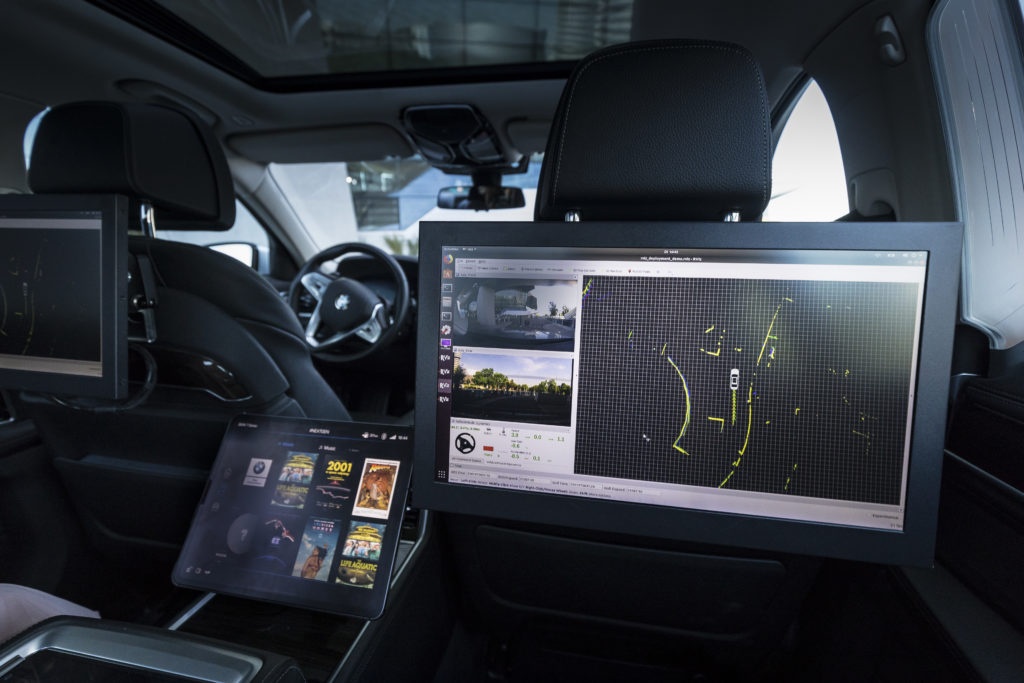
Until we reach that point, the vast majority of us still have to be engaged and pay attention while we drive. Perhaps in the future, when the numbers are reversed and there are just a few of us left burning gasoline, shifting our own gears, and checking the mirrors before we change lanes, we will take the privilege of driving seriously. I think that many reading this will likely agree that we didn’t buy our BMWs because we want to be chauffeured around, we bought these cars out of a love for driving.—Alex Tock

